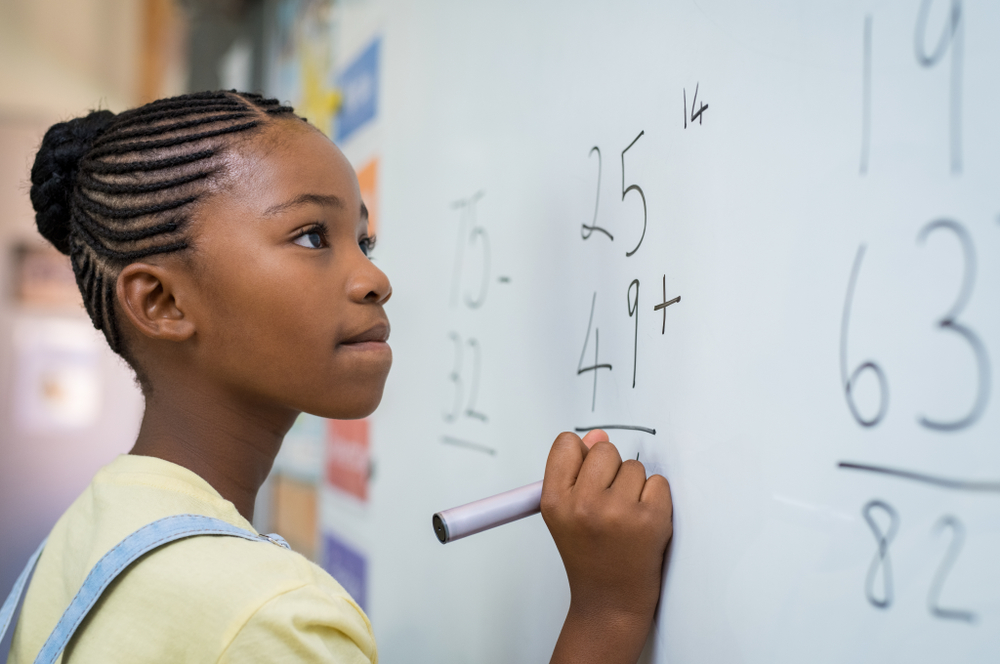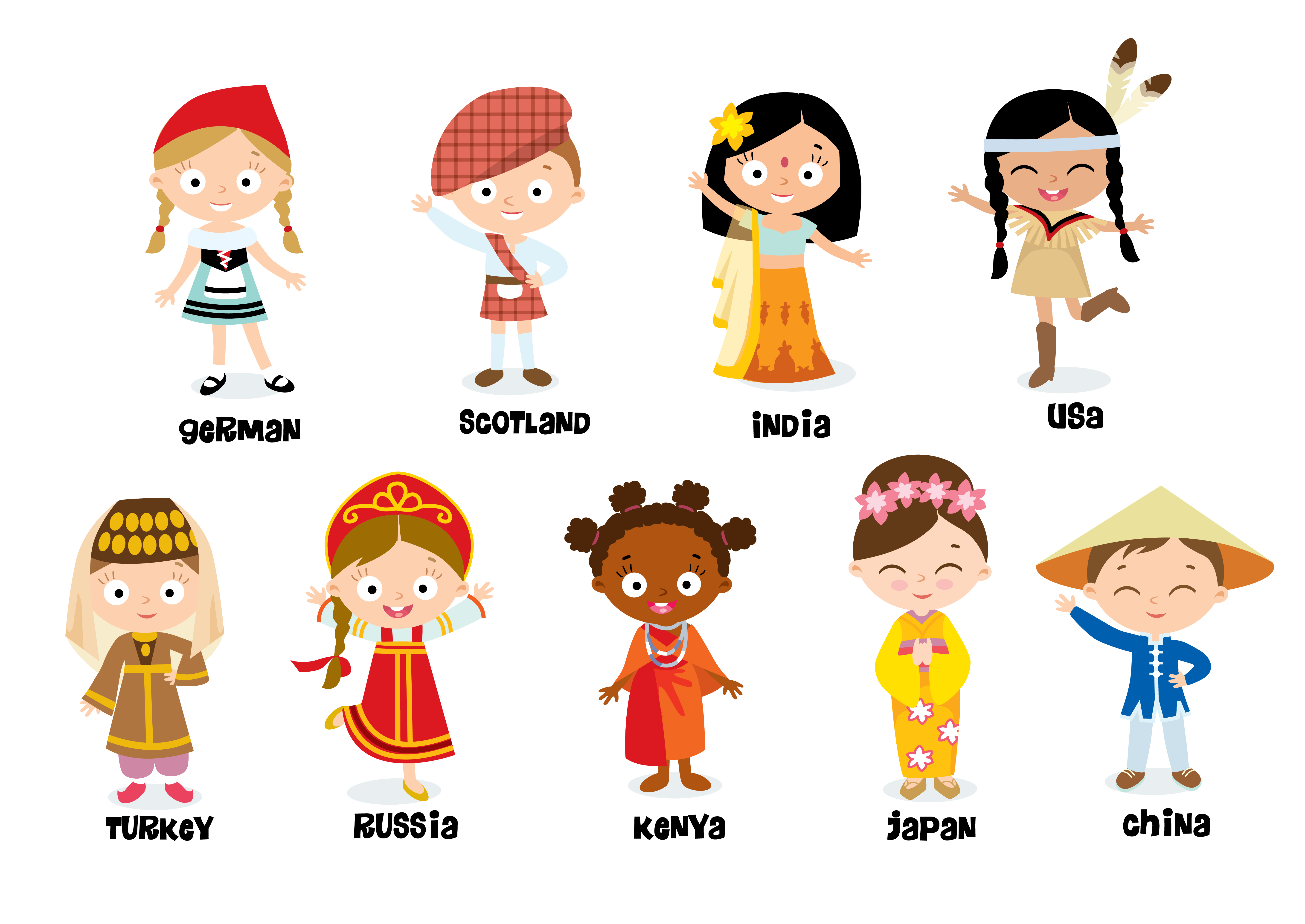Comparing lengths Math Worksheets for Ages 5-6
8 filtered results
-
From - To
Help your 5-6-year-olds master essential measurement skills with our engaging Comparing Lengths Math Worksheets! Designed specifically for young learners, these worksheets encourage kids to compare and arrange various lengths using fun illustrations and interactive activities. With a focus on developing critical thinking and problem-solving abilities, our materials support early math education while keeping children entertained. Young students will enjoy hands-on experiences with measuring objects, using visuals, and answering questions that reinforce their understanding of length differences. Perfect for both classroom and home learning, these worksheets will empower your child to gain confidence in essential math concepts while having fun!
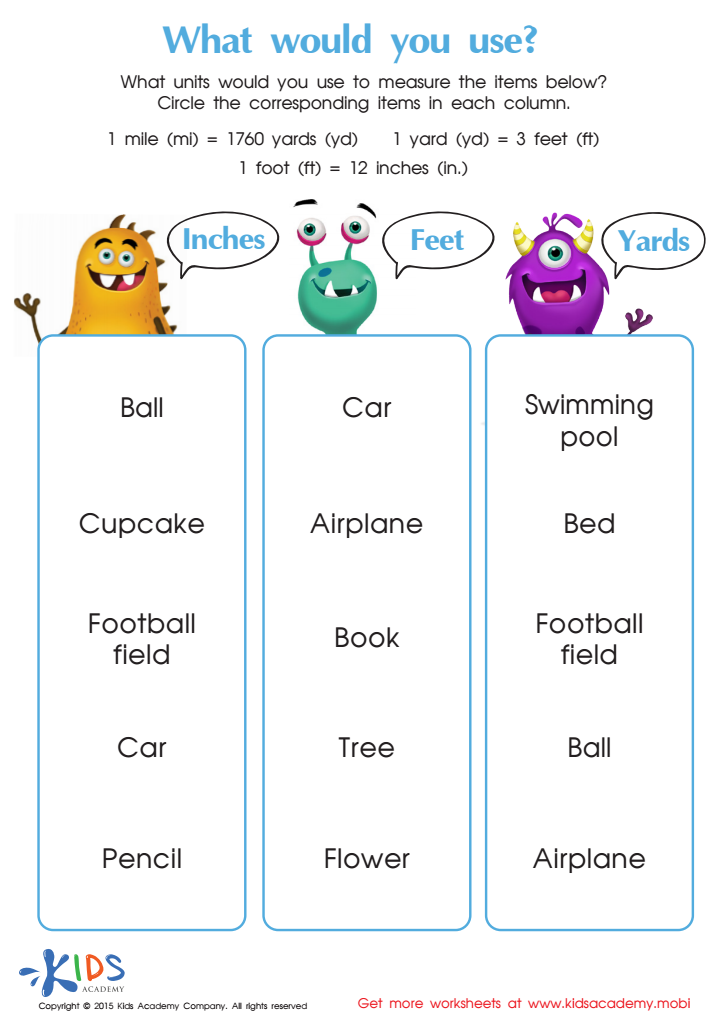

Learning about measuring objects in inches, feet and yards Worksheet


Lets Measure Length Worksheet


Length Word Problems Worksheet
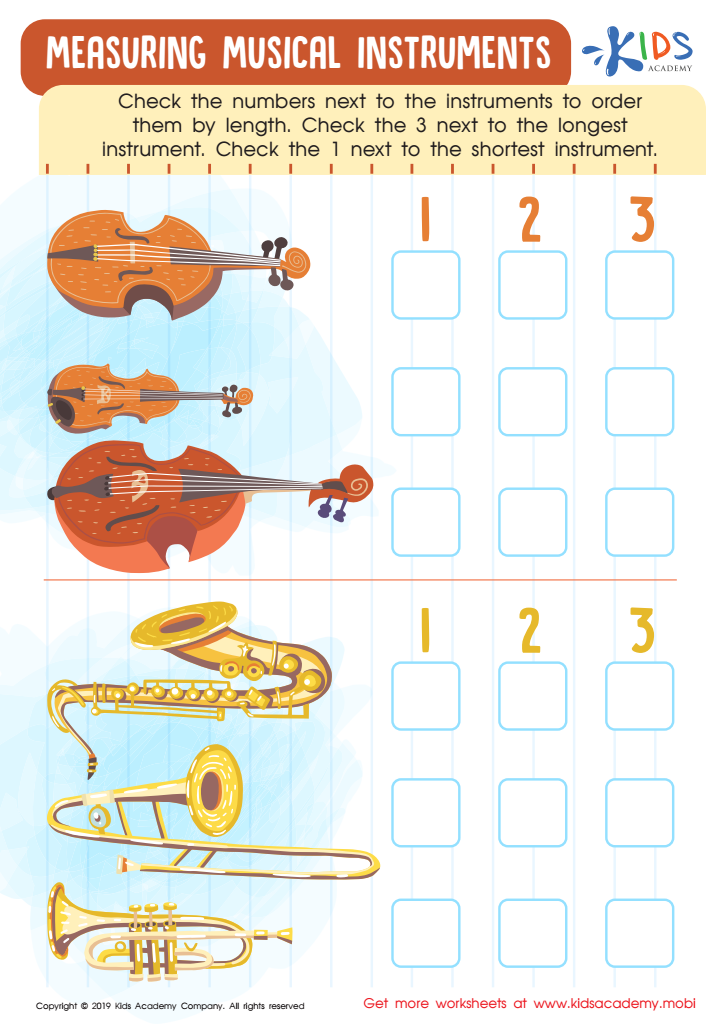

Measuring Musical Instruments Worksheet
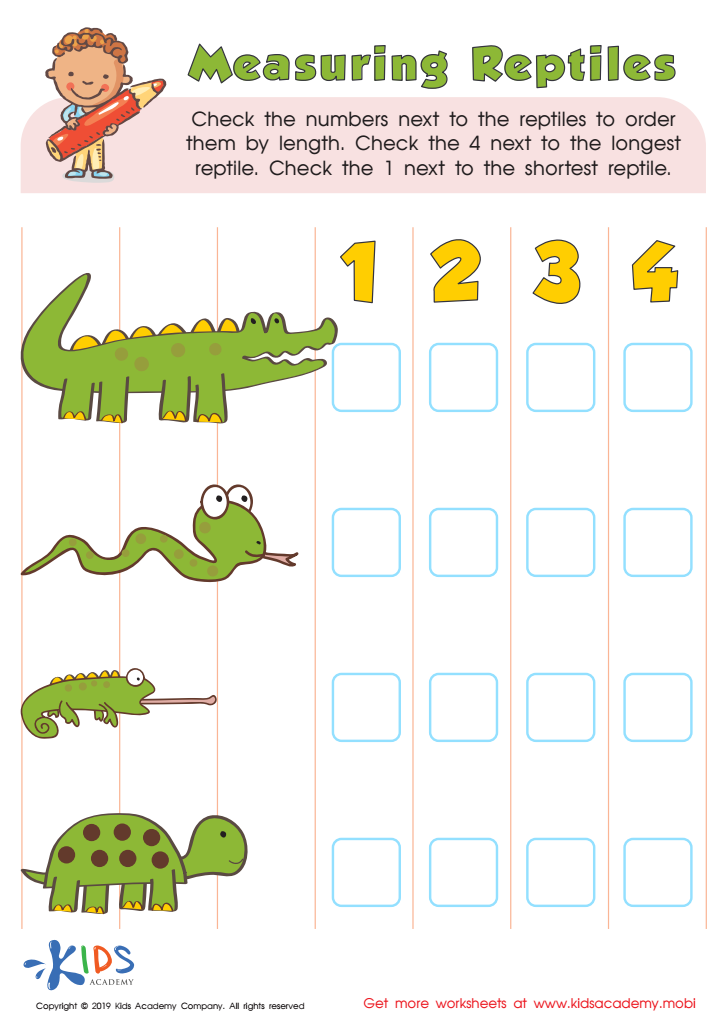

Measuring Reptiles Worksheet
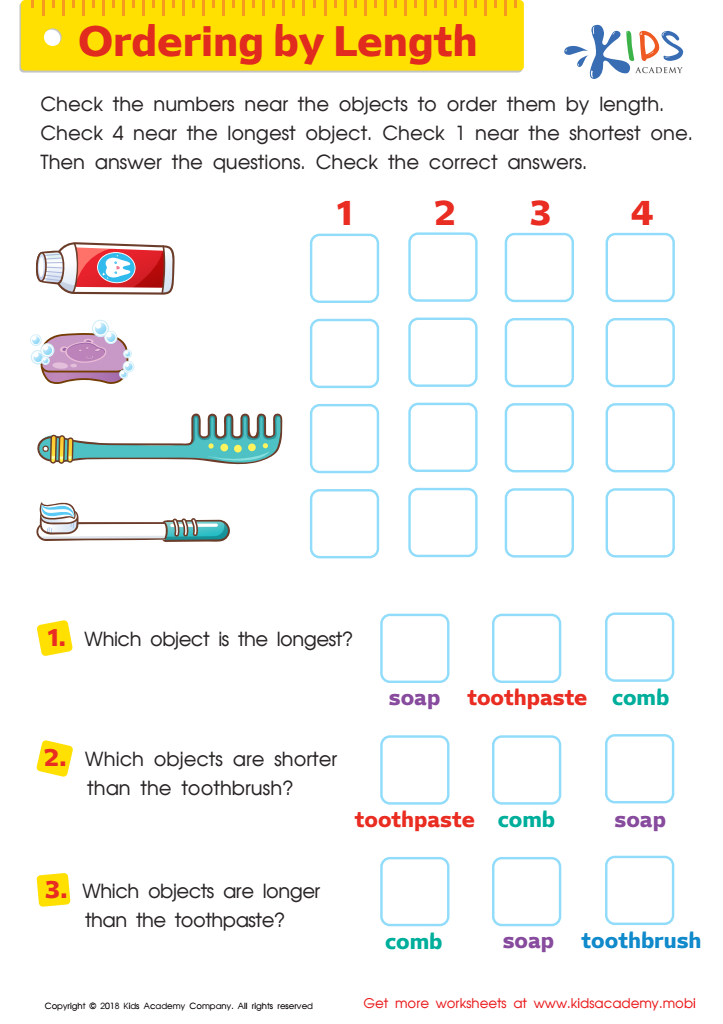

Ordering by Length Worksheet


Measuring with Blocks Worksheet
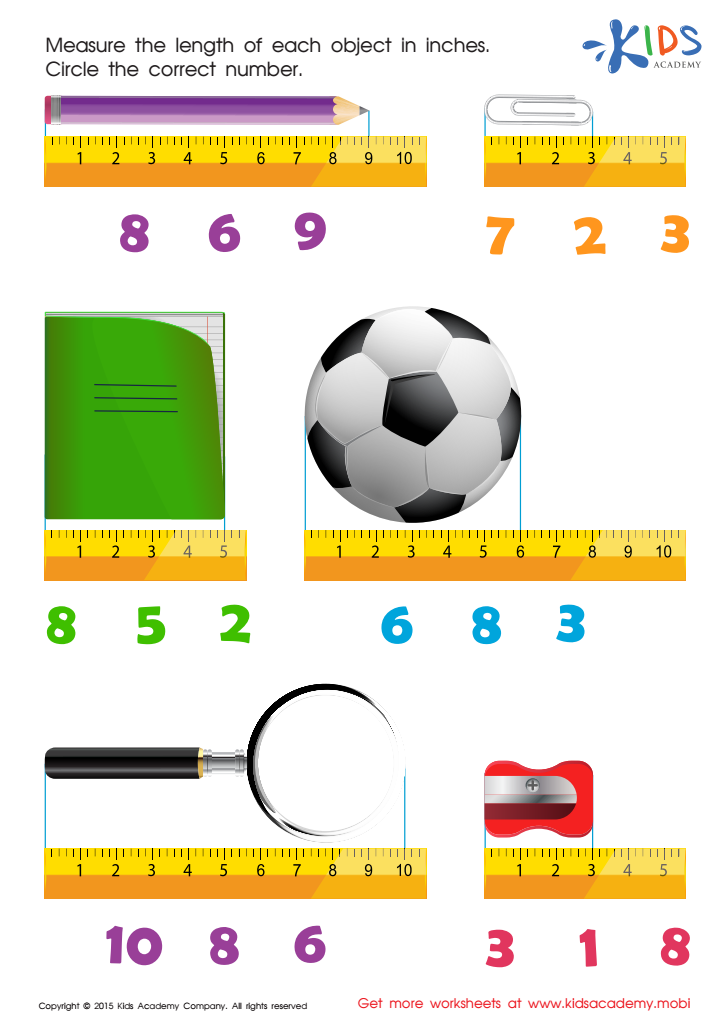

Learning measuring objects in inches Worksheet
Comparing lengths is a fundamental mathematical concept that plays a crucial role in early childhood education for children aged 5-6. Parents and teachers should prioritize this skill for several reasons.
First, understanding length comparisons develops critical thinking and problem-solving abilities. As children measure and compare objects, they learn to make logical connections and draw conclusions based on observations. This foundational skill fosters a love for exploration and critical inquiry.
Second, comparing lengths introduces essential vocabulary related to measurement, such as "longer," "shorter," and "equal." This verbal language is vital for children to express their observations and share insights, enhancing their communication skills.
Additionally, measurement activities often integrate concepts from other subjects, such as science (learning about growth and size) and art (exploring shapes and designs). Engaging in these activities can reinforce interdisciplinary learning.
Finally, measurement skills are commonly applied in everyday life, from cooking to outdoor activities. By developing proficiency in comparing lengths early on, children build a practical skill set that they can carry throughout their lives.
Through playful, hands-on experiences, parents and teachers can help young learners grasp these important concepts, setting a strong foundation for future learning and application in various contexts.
 Assign to My Students
Assign to My Students






